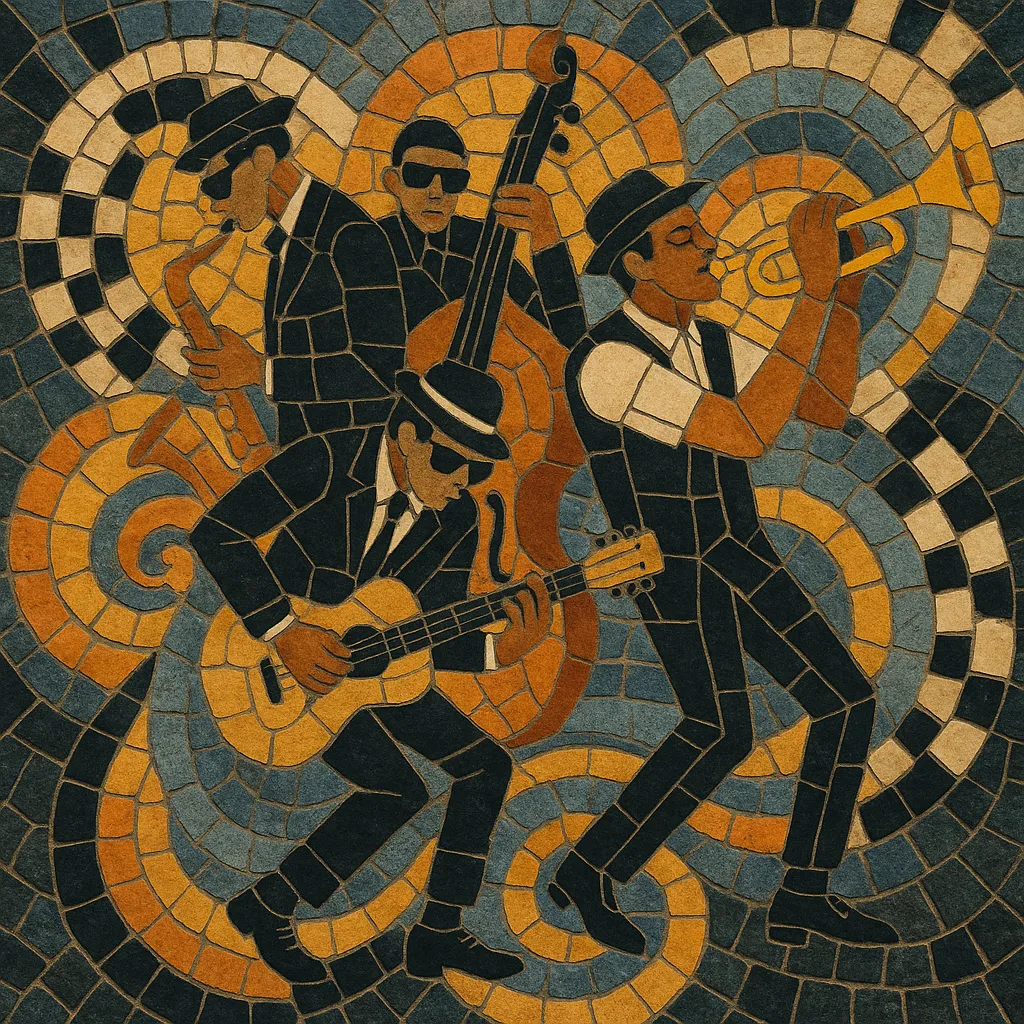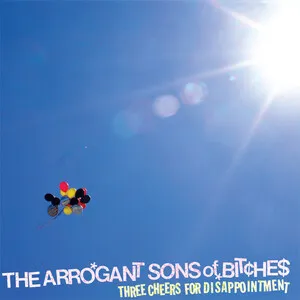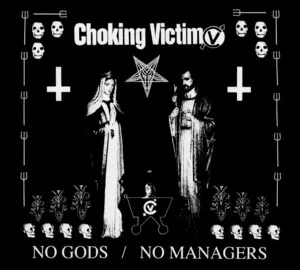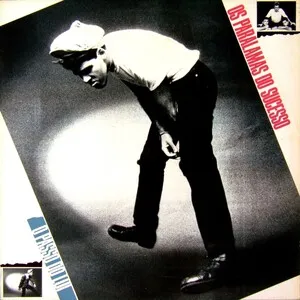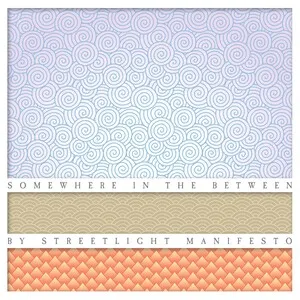Your digging level
Description
Ska is a Jamaican popular music style characterized by a brisk 4/4 groove, off‑beat guitar or piano upstrokes (the “skank”), walking bass lines, and punchy horn riffs.
Emerging in late‑1950s Kingston dancehalls, ska fused local mento and calypso with American rhythm & blues and jazz, creating a lively sound that celebrated independence‑era optimism and street culture.
Across time, ska evolved through distinct waves: the original Jamaican ska of the early 1960s, the racially integrated and politically aware 2 Tone movement in late‑1970s Britain, and the third‑wave explosion in the 1990s that blended ska with punk energy around the world.
History
Ska emerged in Kingston, Jamaica, as sound‑system operators and studio bandleaders synthesized local mento and calypso with imported American rhythm & blues and jazz. Producers like Coxsone Dodd (Studio One) and Duke Reid (Treasure Isle) fostered house bands that codified the style’s hallmark: off‑beat “skank” guitar/piano stabs, walking bass, and bright horn lines. Groups such as The Skatalites, along with artists like Prince Buster, Derrick Morgan, and Desmond Dekker, brought ska to dancehalls and the international market (notably via UK Blue Beat releases) during Jamaica’s early independence era.
As tempos cooled around 1966, ska’s buoyant beat gave way to the slower, more soulful rocksteady, and then to reggae. Even as these styles overtook ska on the charts, ska’s rhythmic DNA—off‑beat emphasis and horn‑driven arranging—remained foundational to Jamaican popular music.
In the UK, the 2 Tone movement (anchored by the 2 Tone label) revived ska with punk’s edge and a message of multiracial unity. Bands like The Specials, The Selecter, Madness, and The Beat updated ska’s instrumentation and speed while addressing social and political tensions in late‑70s Britain. This wave established a global template for modern ska performance and fashion.
A third wave surged in the 1990s, especially in the United States, where ska merged with punk and hardcore (often called ska‑punk or ska‑core). Acts such as The Mighty Mighty Bosstones, Reel Big Fish, Less Than Jake, and others popularized horn sections with distorted guitars and faster tempos, while scenes flourished in Latin America, Europe, and Japan. Ska diversified into ska‑jazz, traditionalist revivals, and hybrid forms that persist today.
Ska directly influenced rocksteady, reggae, and skinhead reggae, while shaping later fusions like 2 Tone and ska‑punk. Its skanking guitar pattern and horn writing remain instantly recognizable across global popular music.

